Fancy five-seater SUVs like this duo are the ultimate do-it-all family cars – but which out of the Volvo XC60 and BMW X3 deserves your cherished parking space?
The two cars are closely matched on paper, with strong engines, smooth automatic gearboxes and plenty of tech to keep passengers entertained. Plus, they're decked out in premium touches to lift them above the herd of mainstream family haulers.
Keep reading to find out how the Volvo XC60 compares to the BMW X3.
Volvo XC60 vs BMW X3 compared
| Volvo XC60 | BMW X3 |
Pros:
| Pros:
|
Cons:
| Cons:
|
Styling and design
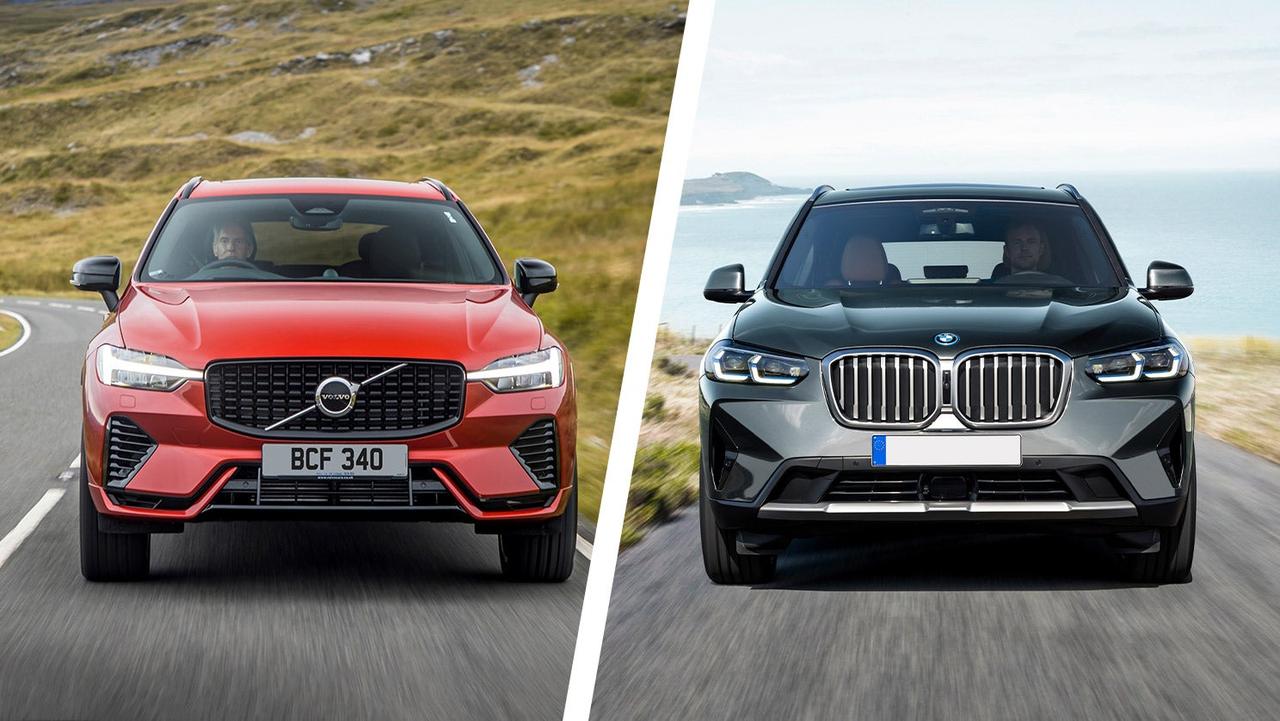
Premium SUVs need to look the part as well as delivering their usual range of talents and, while beauty is in the eye of the beholder, we think the Volvo looks a little sharper and more modern. The car features subtle styling with angular creases above the wheels and along the roofline helping define the car's silhouette. This is complemented by Volvo's now-familiar family face with an upright, bluff grille and distinctive 'Thor's hammer' headlights.
The BMW, in comparison, looks a little more conservative with sculpted styling that echoes both the smaller X1 and the larger X5. It's not unattractive by any stretch, but we don't think it has quite the same visual impact in the metal. Your chosen trim level makes a bigger difference to the X3's looks than it does in the Volvo, with SE-trimmed BMWs looking a little muted compared to the bright chrome detailing of xLine cars and the more aggressive styling of M Sport models.
Interior and practicality
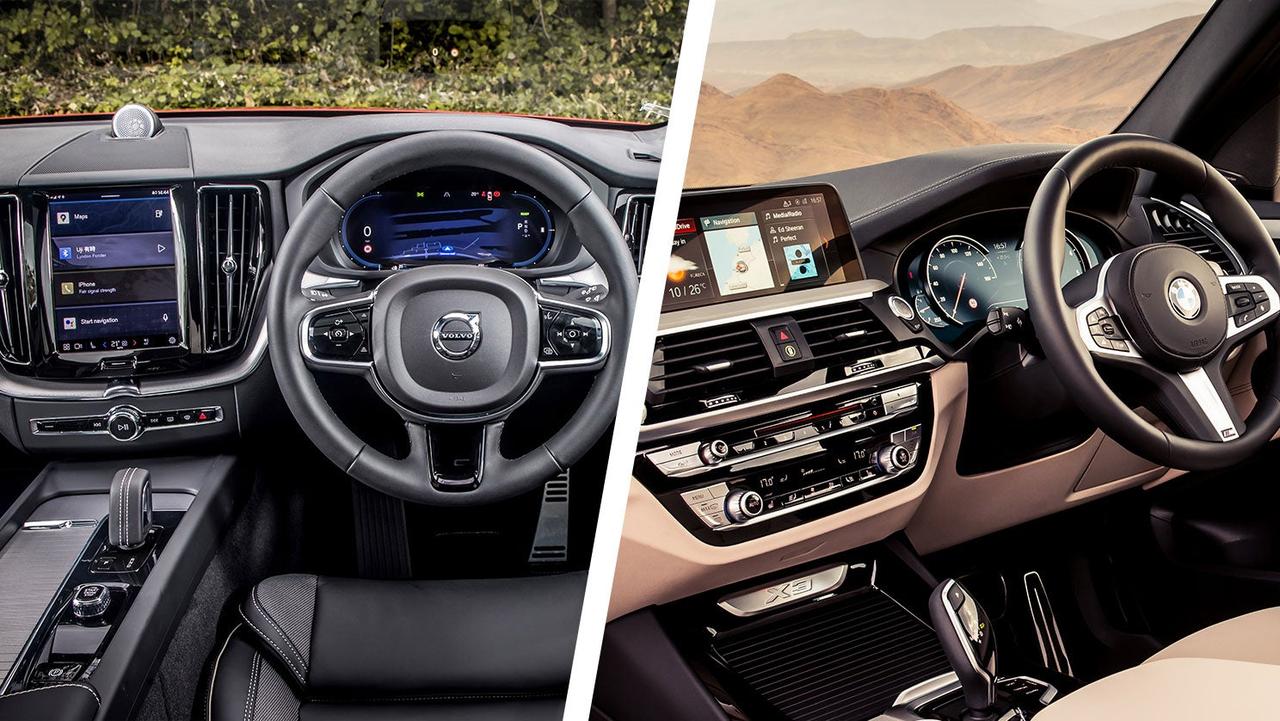
The Volvo's cabin is a prime example of subtle styling, with a minimal aesthetic that's seen most physical buttons removed from the dashboard and centre console. Some of the plastics employed in hard-to-reach spots feel a bit hard and scratchy but, for the most part, you'll find lots of soft-touch materials and leather to remind you that you're not travelling economy. The X3's dashboard is busier with more physical controls, but still neatly trimmed with gloss black and metal-effect plastic detailing. There are also more than a few cheaper materials hidden low down in the X3's interior – more than we found in the Volvo.
Early X3s had a small infotainment screen and lacked standard-fit Apple CarPlay and Android Auto. More recent models, however, have gained these features along with a much larger screen with sharp graphics and fast responses – we also like the fact the BMW still includes a rotary dial to control the screen, so you don't have to use the touch interface if you don't want to.
All XC60s include Apple CarPlay and Android Auto, although more recent models have ditched the latter service in favour of full native Google service integration, bypassing the need for a smartphone. Beyond that, the Volvo's portrait-orientated screen includes all the features you'd expect but isn't quite as clear or responsive as the BMW's setup. Plus, the XC60's climate controls can only be accessed through the screen, so aren't quite as easy to use.
Practicality isn't a weak point for either car. Four tall adults will fit comfortably in either and squeezing a fifth across the rear bench is less of a pain in these SUVs than it would be in most saloons and hatchbacks. Side-by-side, the Volvo has a touch more rear legroom and headroom, however, along with a slightly airier feel thanks to bigger side windows so, if you're after the most passenger space for your money, the XC60 might take it. Conversely, however, the BMW has a marginally bigger boot, with a little more depth for bulkier items – although, again, the Volvo hardly underperforms in this area.
Engines and performance
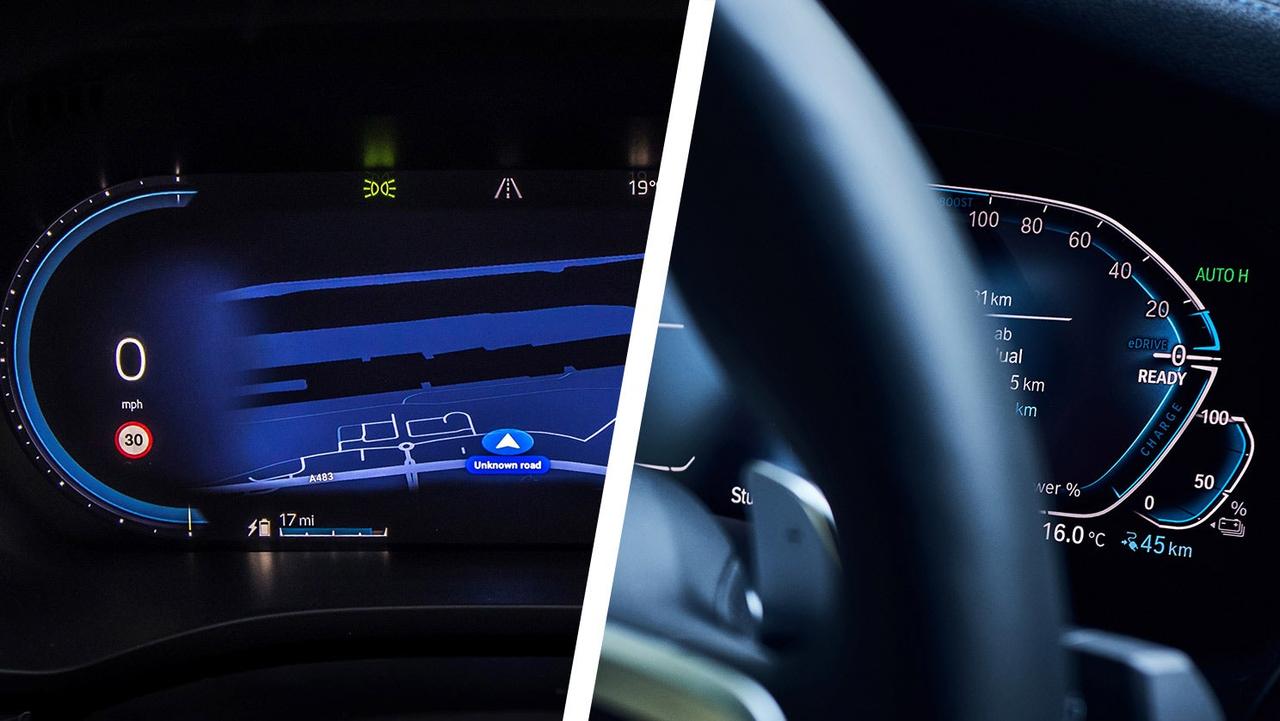
Premium cars usually come with a reasonable amount of firepower under the bonnet and neither the XC60 or X3 will disappoint in this area. Most Volvos come outfitted with turbo petrol engines, aided either by mild-hybrid assistance or, for powerful T6 and T8 versions, a full plug-in-hybrid setup, with diesel engines also available on used XC60s. Even entry-level petrol cars have 197hp, allowing for strong acceleration all the way up to motorway overtaking speeds. The petrol engines do sound a little thrashy under full throttle, however, so we think they're best left to the job of calmly cruising around rather than providing any kind of performance thrill.
BMW is known for making sporty cars, so there aren't any slow engines in the X3 lineup. Diesel power is much more common when shopping X3s and we think these engines suit the BMW well, with a healthy slug of low-down torque helping get this fairly heavy car up to speed effortlessly. Just make sure you cover a few longer drives to avoid any DPF issues. Drivers after proper performance are better served by the X3, too, with punchy M40i and M40d models offering plenty of pace, or the full-fat X3M super-SUV if they want to challenge sports cars on the track.
Driving
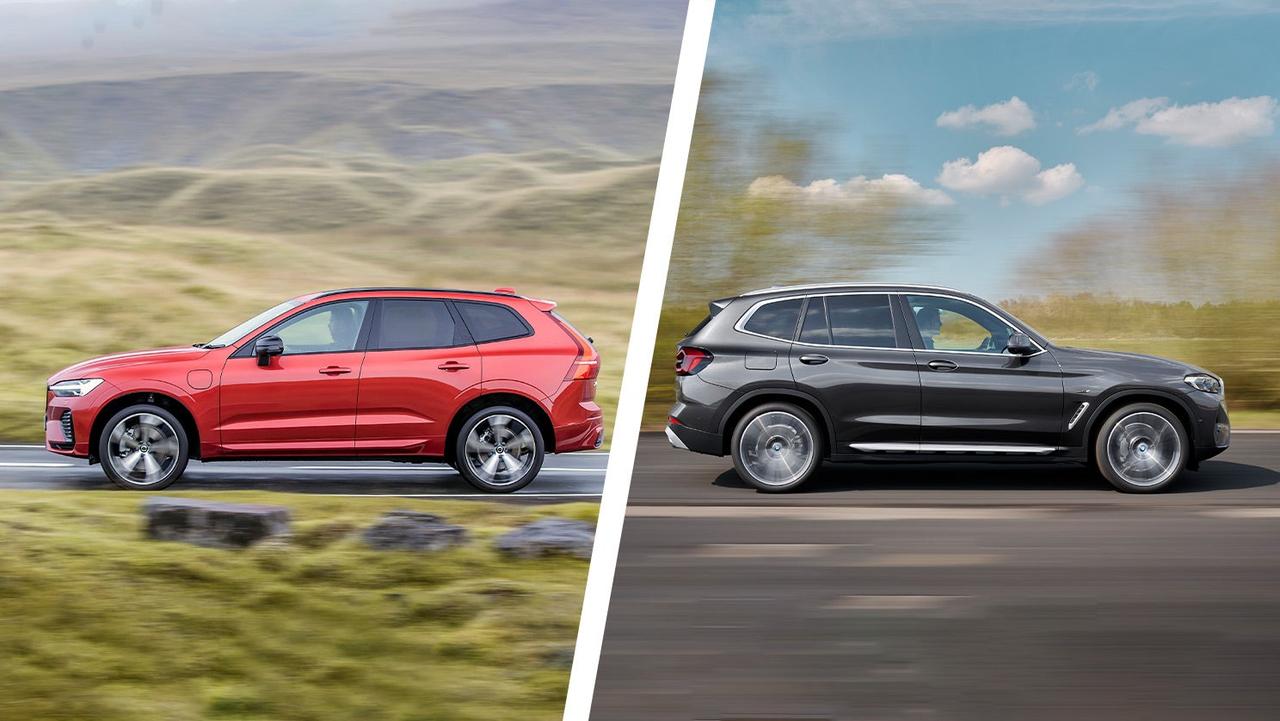
On the road, the XC60 does its best work when cruising around. There's some body roll through corners but the overall handling is benign and the car doesn't get bounced around over big bumps. The steering is accurate enough, although the weighting feels a little artificial compared to the BMW. Most XC60s come equipped with the 2.0-litre turbo petrol and eight-speed automatic gearbox – this combo is responsive and powerful enough to calmly waft through traffic but doesn't really inspire you to explore the limits of its performance.
Where the XC60's driving experience is competent, the X3's truly shines. Its controls are immediately more intuitive, while the suspension setup resists roll better than many lighter and lower cars. Despite its poise and agility, there's still a sense of grace to the X3's suspension that sees it flow over bumps more effectively than many of the brand's smaller cars. Most of the X3's engines are a little quieter than their equivalent Volvo units, while offering similarly strong performance that makes light work of the X3's fairly substantial mass.
Value and reliability
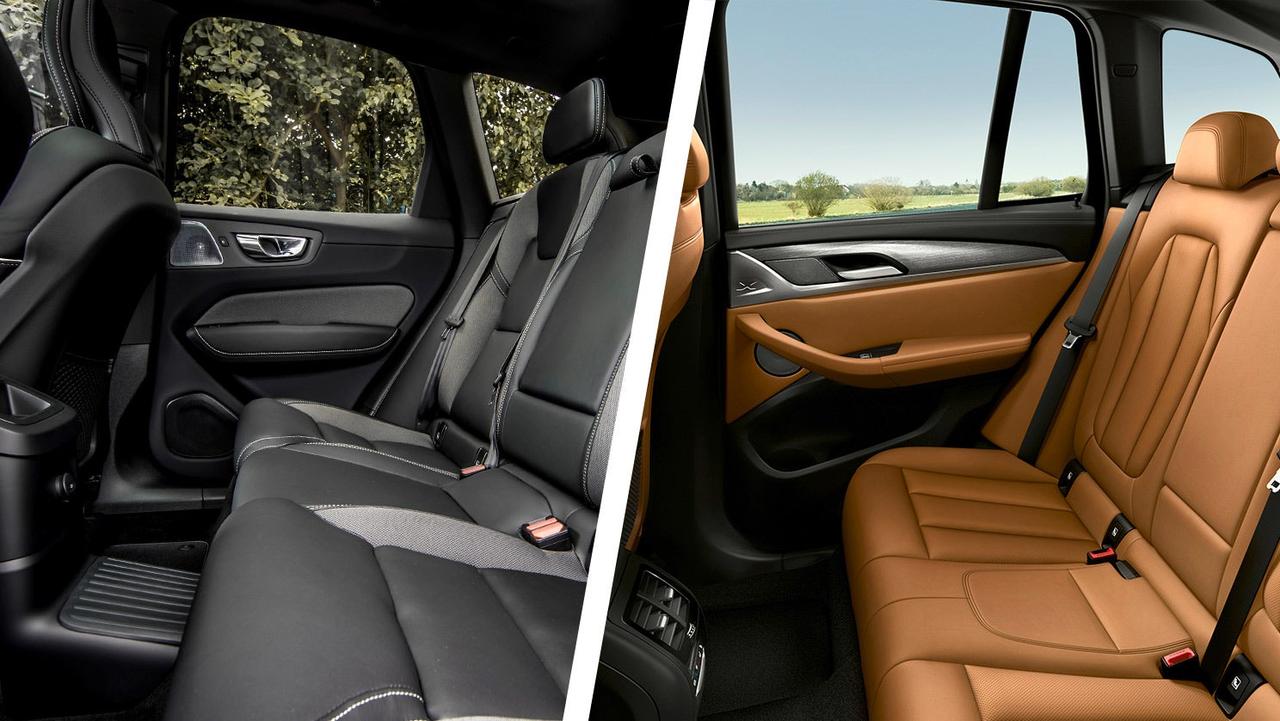
Prices between the X3 and XC60 are closely matched, so you're likely to have options across both lineups if you're shopping in this budget. Looking in the £25,000 range buys you roughly four-year-old examples of either car, while pushing up to the £35,000-£40,000 region lets you shop nearly new models. High-performance versions will see these figures go higher but, considering the Volvo and BMW both come with decent performance and well-stocked equipment lists as standard, there's little need to blow the budget out the water.
Reliability surveys generally point to the BMW having slightly fewer problems over time, although neither car has any widespread reported problems. The best way to make sure you get a long service life from either car is to make sure you keep on top of maintenance and scheduled servicing. An extended warranty might also be a worthy investment to protect yourself from the cost of unexpected mechanical or electrical repairs.
Which is best?
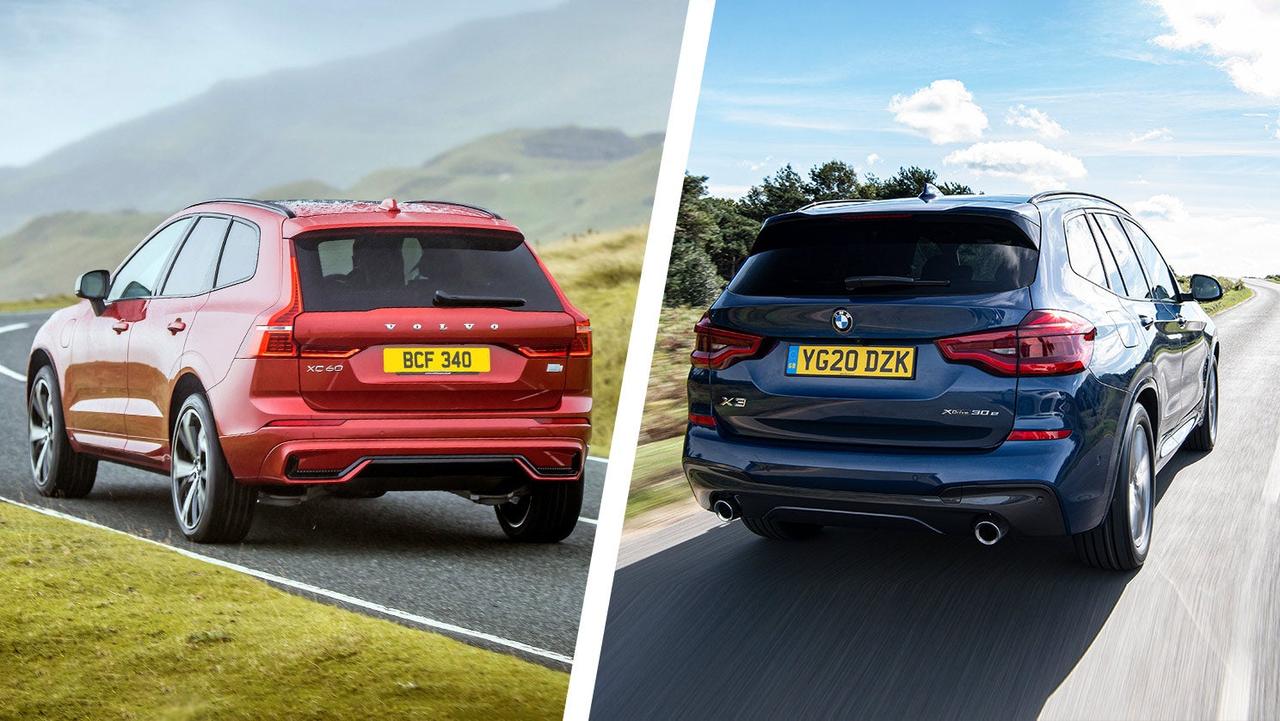
These are two of the best five-seat premium SUVs on sale, so there's hardly a weak choice between them. Plus, with prices so closely matched, there isn't a strong value for money argument one way or the other.
The Volvo is a little more practical and its driving experience places a slightly greater emphasis on comfort at the expense of sporty handling. It's also the car that we think turns the most heads with its elegant styling and plush, minimal cabin.
However, the BMW is a better all rounder from behind the wheel. It's nearly as comfortable as the XC60, while also delivering the kind of competent handling you'd expect from a much smaller car. It also responds better to enthusiastic driving, with more composure over rutted British roads and engines that are more willing to play along. For keen drivers, the BMW's slightly less impressive rear space will be a worthy sacrifice.
Shop used Volvo XC60 and used BMW X3 cars at Motorpoint. To check out more cars from this competitive class, read our list of the best large SUVs on sale.



































